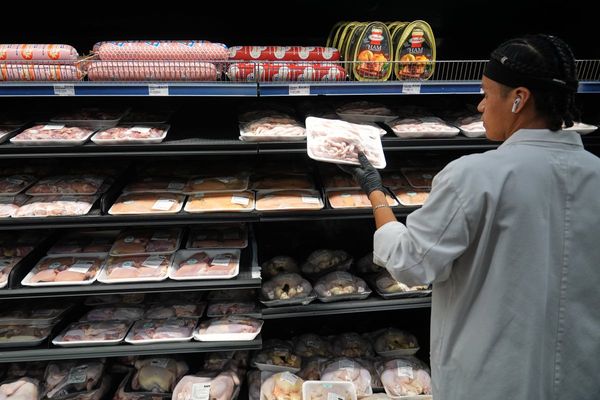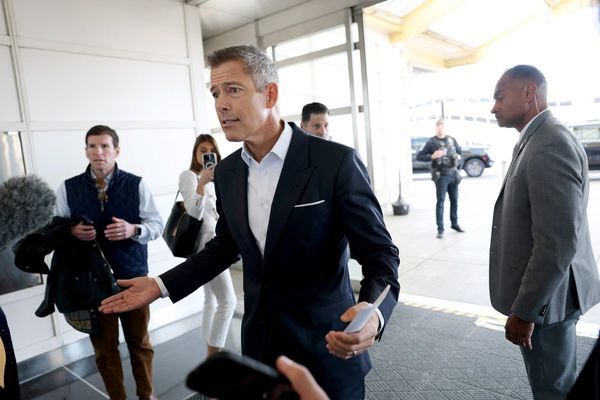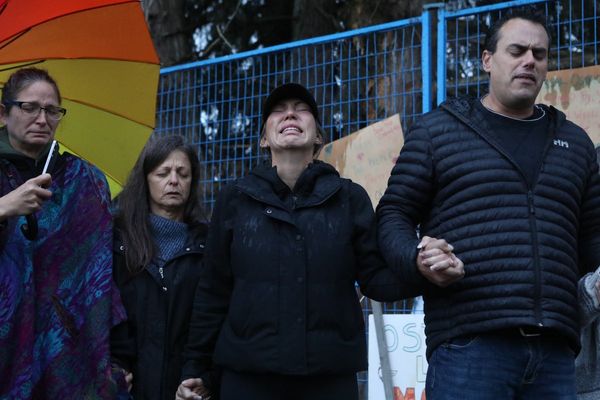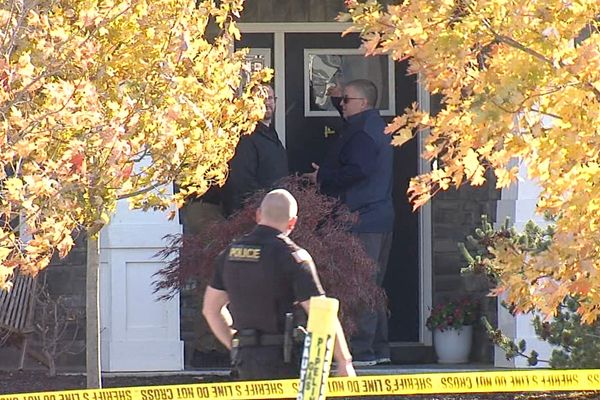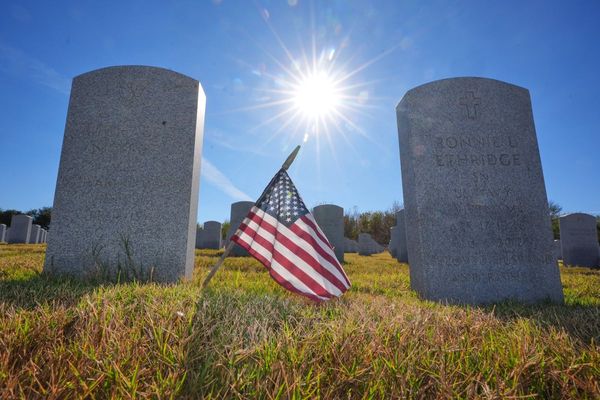Throughout Western Australia's Kimberley region, potentially hundreds of Indigenous residents drink water each day without knowing whether it is harming their health.
Those residents live in or regularly visit the 44 remote communities classed as 'very small', which are included in the WA Government's Remote Essential and Municipal Services Program, known as REMS.
In 2019, these communities started receiving annual drinking water testing for only chemical contaminants — four years after a scathing Western Australian Auditor General's report.
Since then, a handful of those very small remote communities have been put on the Department of Communities' regular water testing schedule.
But the vast majority, all of which are in the Kimberley, still do not receive testing for dangerous microbes such as the potentially lethal E. coli bacteria.
That lack of testing was highlighted in this year's follow-up Auditor General's report, which found E. coli and uranium contamination still remained an issue in some communities.
Residents in those communities say they, like almost all Australians, deserve to know their drinking water is safe, while experts point to technologies such as mobile testing kits as a potential solution.
Australia is a signatory to a United Nations goal to achieve "universal and equitable access to safe and affordable drinking water for all" by 2030.
'It would help us become a healthier person'
Indigenous advocate and renowned painter Ben Ward lives in the community of Cockatoo Springs, near Kununurra, which has a reputation for producing quality Aboriginal artwork.
The Miriwoong man, also known as 'Gullmirr', said he had long lobbied governments to test the drinking water in his community for dangerous microbes.
"I am concerned … it would help us become a healthier person," he said.
"I'd like to see it [fixed] for future generations so I can teach people about arts."
Mr Ward was also worried wastewater and sewage from the community could potentially find their way into the bore that the community's supply of drinking water was drawn from.
"We've got the community up on the top part of the ridge and the water runs to the bottom," Mr Ward said.
"In the station days, we would drink out of a billabong because we knew it was clean."
Department spokesman Paul Isaachsen said in a statement to the ABC the bore was protected by sealing the bore head.
"A septic tank that is well-managed and periodically serviced should not impact negatively on the groundwater supply," he said.
No testing exposes residents to health complaints
University of Queensland environmental health researcher Nina Lansbury Hall studies the impact water, housing and waste delivery have on the health of residents in Indigenous communities.
Dr Lansbury Hall said not testing drinking water for microbes exposed residents in those communities to "high" health risks.
"Microbial contamination is always something we need to worry about … a big part of that is faeces being the source of contamination," Dr Lansbury Hall said.
"But if there are amoebas, which are parasites, maybe that's going to cause long-term inflammation that will cause you diarrhoea and additional responses like a fever."
Mobile testing kits a potential solution
Dr Lansbury Hall said the department could explore the use of mobile testing kits as a potential solution.
She said residents would need to receive basic training to use the kits effectively.
"Those mobile testing kits are terrific … they're small, they're like an esky and they have all sorts of equipment in them," Dr Lansbury Hall said.
"So you might need to know how to use a new filter or not to leave it sitting in the sun for too long … none of those things are difficult."
The idea was put to the department and Mr Isaachsen said in response the government required water to be tested in an accredited laboratory.
Very small community testing not in department's guidelines
Mr Isaachsen said the state government's Remote Service Level Guidelines did not require the department to undertake water quality testing in very small remote settlements.
But he noted that the Auditor General did recommend in its latest audit for the department to test for microbial water quality in all REMS communities.
